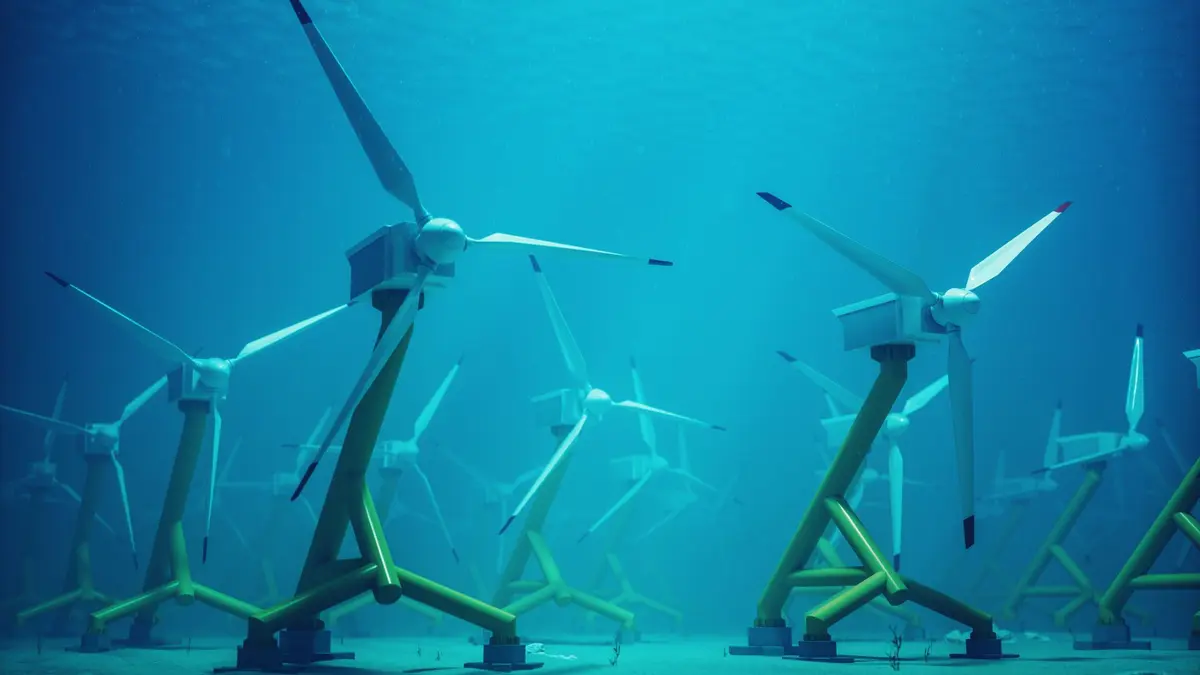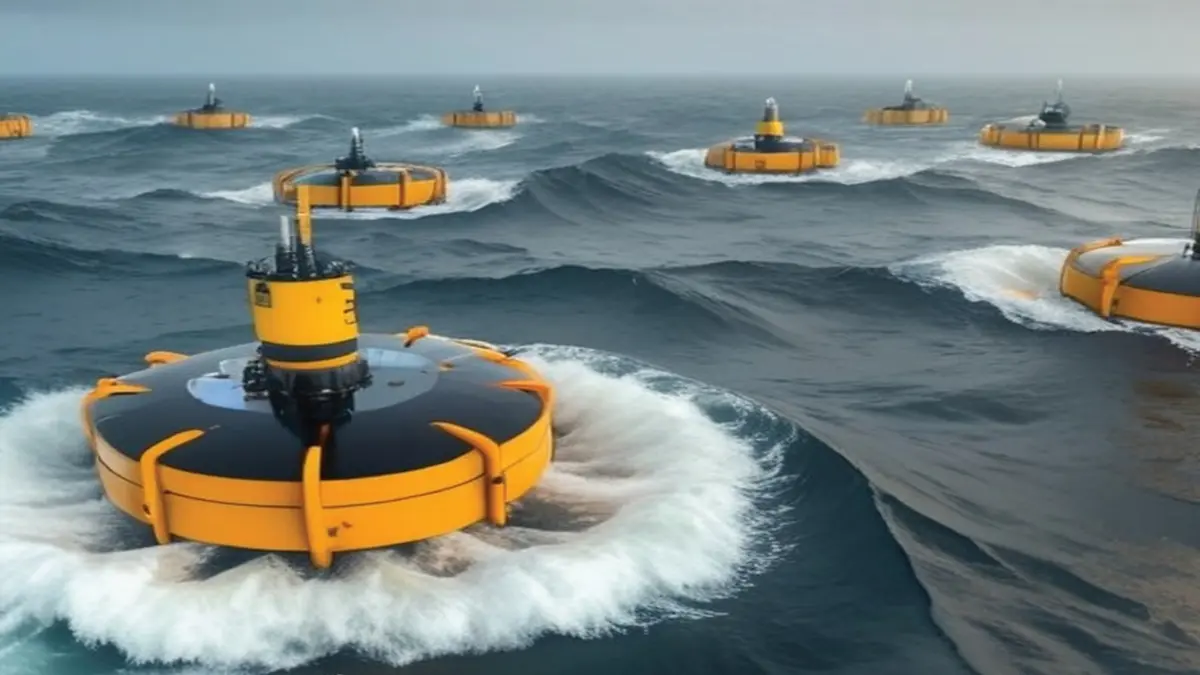After sifting through ocean current data dating back three decades, researchers at the Florida Atlantic University (FAU) have identified ideal locations for generating renewable energy. Florida’s east coast is one of the locations that can generate over 2,500 watts of power per square meter, a research publication said.
With the world looking to phase out fossil fuels, there is an increased interest in exploring avenues for clean energy generation. While wind and solar power plants are being installed at an unprecedented pace, they are also marred by intermittency issues – where no wind or sunlight halts energy production for extended periods.
Ocean currents, on the other hand, are almost perpetual and could supply continuous power if they can be tapped into. Interesting Engineering has previously reported how different approaches are being developed to tap into this clean energy resource. Once the technology matures, we will still need to know where to deploy it for maximal impact.
This is the gap that a research team at FAU looked to address.
Three decades of data
The researchers turned to data collected from the National Oceanic and Atmospheric Administration’s (NOAA) Global Drifter Program. Using 1,250 satellite-tracked buoys, the program has collected ocean current data, amassing 43 million data points between March 1988 and September 2021.
In their study, the researchers focused on four regions – Southeast Asia, South Africa, Brazil, French Guiana, and Southeast US- to determine what they refer to as the “most comprehensive global assessment of the ocean current energy to date.”
They found that South Africa and Florida’s East Coast had the highest power densities of 2,500 watts per square meter for renewable energy production. This is 2.5 times higher than what the wind industry would describe as an excellent resource for setting up a power plant, Cosmos reported.
Ocean currents are massive reserves of renewable energy
While Florida and South Africa might have topped the charts, the study has opened up massive reserves of renewable energy in other parts of the world, too. High power density areas where more than 2,000 Watts of power per square meter were found in other areas of the US east coast, going all the way up to North Carolina.
Similar power densities were observed along Africa’s eastern and western coasts, turning countries such as Somalia, Tanzania, Kenya, Madagascar, and South Africa into potential sites for generating large amounts of renewable energy.
Among the areas studied, the researchers found that high power density areas cover ~190,000 square miles (490,000 sq. km) of the ocean, with power levels varying between 500 to 1,000 watts per square meter.
The data also showed that ocean currents have a seasonal variability in power levels, with shallow waters showing higher power levels in the summer. Factors such as current speed, depth of the water, and distance from the shore determine whether a site is suitable for harvesting ocean currents.
The researchers acknowledge the shortcomings of their study, which does not consider issues such as potential animal collisions, unwanted accumulation of organisms on the equipment, from blades, or electromagnetic interference from the power cable that could limit the use of this technology.
The complexity and costs of rolling out the technology on a large scale are also limitations, but the study offers options on how the world could be powered with cleaner energy.
Interesting Engineering








